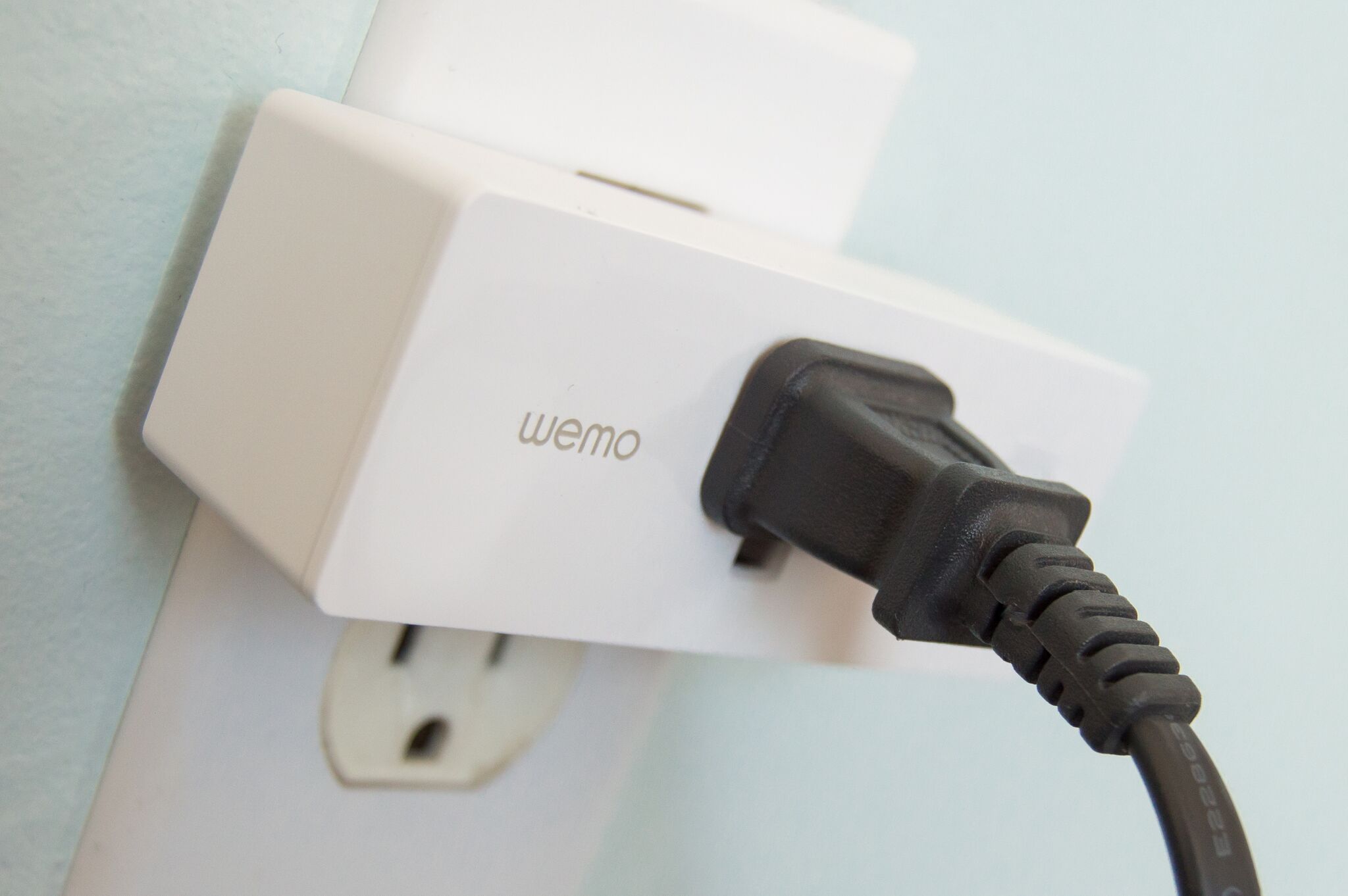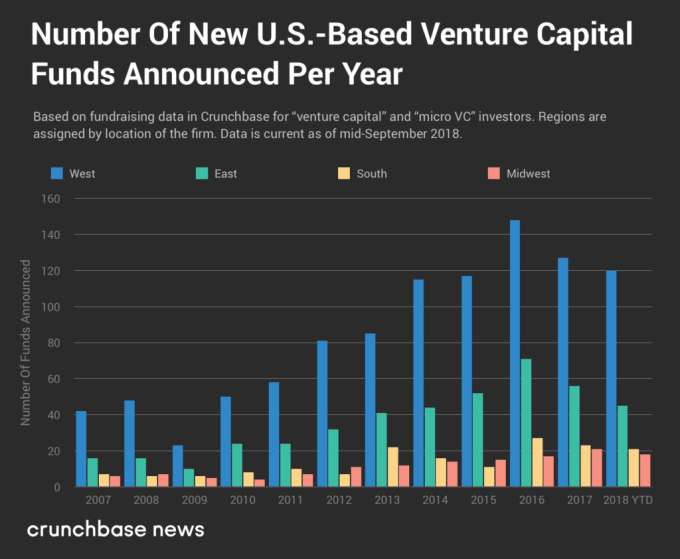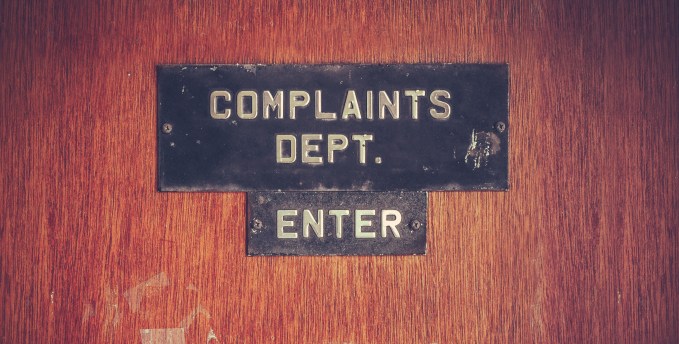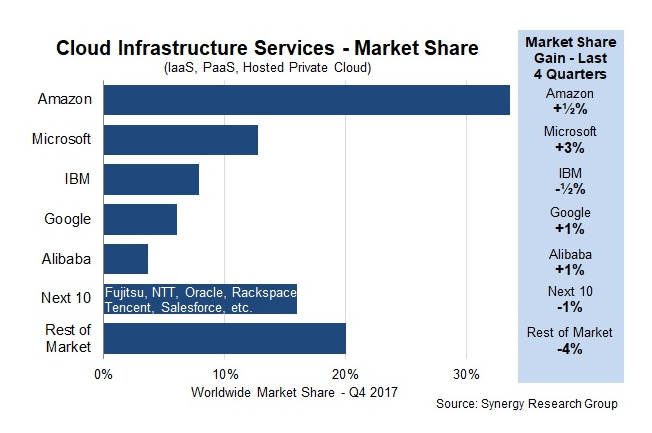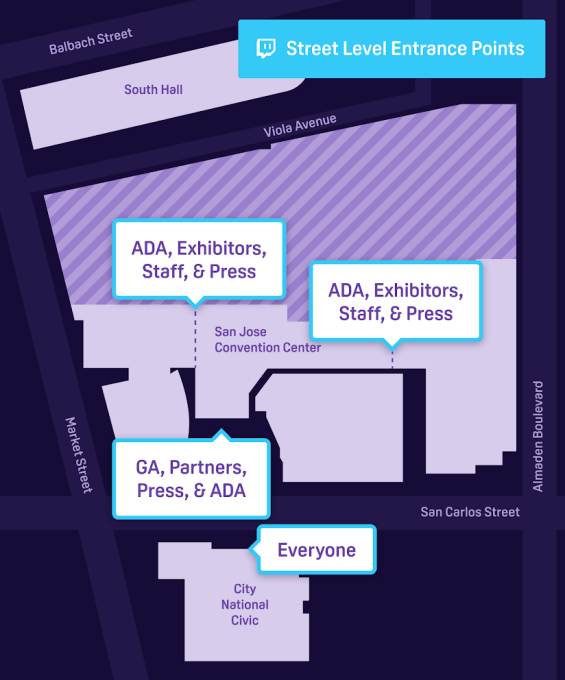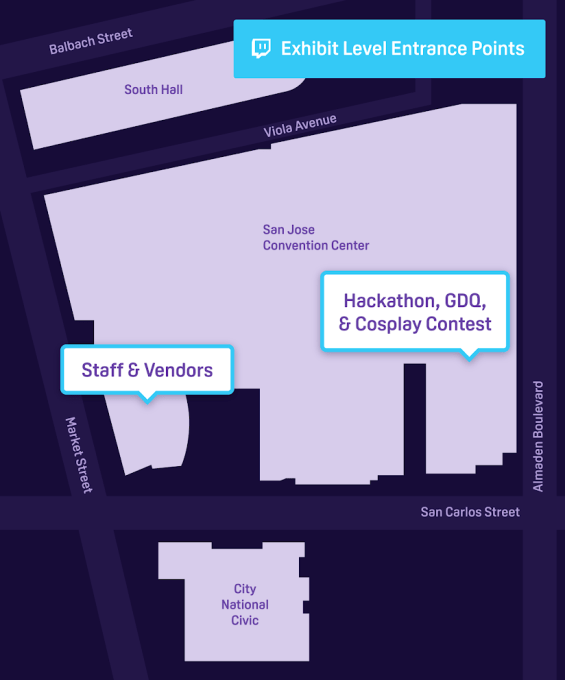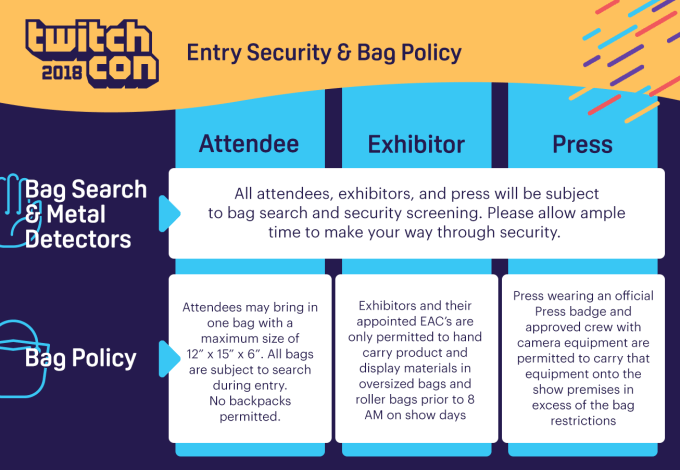Facebook is advertising for a human rights policy director to join its business, located either at its Menlo Park HQ or in Washington DC — with “conflict prevention” and “peace-building” among the listed responsibilities.
In the job ad, Facebook writes that as the reach and impact of its various products continues to grow “so does the responsibility we have to respect the individual and human rights of the members of our diverse global community”, saying it’s:
… looking for a Director of Human Rights Policy to coordinate our company-wide effort to address human rights abuses, including by both state and non-state actors. This role will be responsible for: (1) Working with product teams to ensure that Facebook is a positive force for human rights and apply the lessons we learn from our investigations, (2) representing Facebook with key stakeholders in civil society, government, international institutions, and industry, (3) driving our investigations into and disruptions of human rights abusers on our platforms, and (4) crafting policies to counteract bad actors and help us ensure that we continue to operate our platforms consistent with human rights principles.
Among the minimum requirements for the role, Facebook lists experience “working in developing nations and with governments and civil society organizations around the world”.
It adds that “global travel to support our international teams is expected”.
The company has faced fierce criticism in recent years over its failure to take greater responsibility for the spread of disinformation and hate speech on its platform. Especially in international markets it has targeted for business growth via its Internet.org initiative which seeks to get more people ‘connected’ to the Internet (and thus to Facebook).
More connections means more users for Facebook’s business and growth for its shareholders. But the costs of that growth have been cast into sharp relief over the past several years as the human impact of handing millions of people lacking in digital literacy some very powerful social sharing tools — without a commensurately large investment in local education programs (or even in moderating and policing Facebook’s own platform) — has become all too clear.
In Myanmar Facebook’s tools have been used to spread hate and accelerate ethic cleansing and/or the targeting of political critics of authoritarian governments — earning the company widespread condemnation, including a rebuke from the UN earlier this year which blamed the platform for accelerating ethnic violence against Myanmar’s Muslim minority.
In the Philippines Facebook also played a pivotal role in the election of president Rodrigo Duterte — who now stands accused of plunging the country into its worst human rights crisis since the dictatorship of Ferdinand Marcos in the 1970s and 80s.
While in India the popularity of the Facebook-owned WhatsApp messaging platform has been blamed for accelerating the spread of misinformation — leading to mob violence and the deaths of several people.
Facebook famously failed even to spot mass manipulation campaigns going on in its own backyard — when in 2016 Kremlin-backed disinformation agents injected masses of anti-Clinton, pro-Trump propaganda into its platform and garnered hundreds of millions of American voters’ eyeballs at a bargain basement price.
So it’s hardly surprising the company has been equally naive in markets it understands far less. Though also hardly excusable — given all the signals it has access to.
In Myanmar, for example, local organizations that are sensitive to the cultural context repeatedly complained to Facebook that it lacked Burmese-speaking staff — complaints that apparently fell on deaf ears for the longest time.
The cost to American society of social media enabled political manipulation and increased social division is certainly very high. The costs of the weaponization of digital information in markets such as Myanmar looks incalculable.
In the Philippines Facebook also indirectly has blood on its hands — having provided services to the Duterte government to help it make more effective use of its tools. This same government is now waging a bloody ‘war on drugs’ that Human Rights Watch says has claimed the lives of around 12,000 people, including children.
Facebook’s job ad for a human rights policy director includes the pledge that “we’re just getting started” — referring to its stated mission of helping people “build stronger communities”.
But when you consider the impact its business decisions have already had in certain corners of the world it’s hard not to read that line with a shudder.
Citing the UN Guiding Principles on Business and Human Rights (and “our commitments as a member of the Global Network Initiative”), Facebook writes that its product policy team is dedicated to “understanding the human rights impacts of our platform and to crafting policies that allow us both to act against those who would use Facebook to enable harm, stifle expression, and undermine human rights, and to support those who seek to advance rights, promote peace, and build strong communities”.
Clearly it has an awful lot of “understanding” to do on this front. And hopefully it will now move fast to understand the impact of its own platform, circa fifteen years into its great ‘society reshaping experience’, and prevent Facebook from being repeatedly used to trash human rights.
As well as representing the company in meetings with politicians, policymakers, NGOs and civil society groups, Facebook says the new human rights director will work on formulating internal policies governing user, advertiser, and developer behavior on Facebook. “This includes policies to encourage responsible online activity as well as policies that deter or mitigate the risk of human rights violations or the escalation of targeted violence,” it notes.
The director will also work with internal public policy, community ops and security teams to try to spot and disrupt “actors that seek to misuse our platforms and target our users” — while also working to support “those using our platforms to foster peace-building and enable transitional justice”.
So you have to wonder how, for example, Holocaust denial continuing to be being protected speech on Facebook will square with that stated mission for the human rights policy director.
At the same time, Facebook is currently hiring for a public policy manager in Francophone, Africa — who it writes can “combine a passion for technology’s potential to create opportunity and to make Africa more open and connected, with deep knowledge of the political and regulatory dynamics across key Francophone countries in Africa”.
That job ad does not explicitly reference human rights — talking only about “interesting public policy challenges… including privacy, safety and security, freedom of expression, Internet shutdowns, the impact of the Internet on economic growth, and new opportunities for democratic engagement”.
As well as “new opportunities for democratic engagement”, among the role’s other listed responsibilities is working with Facebook’s Politics & Government team to “promote the use of Facebook as a platform for citizen and voter engagement to policymakers and NGOs and other political influencers”.
So here, in a second policy job, Facebook looks to be continuing its ‘business as usual’ strategy of pushing for more political activity to take place on Facebook.
And if Facebook wants an accelerated understanding of human rights issues around the world it might be better advised to take a more joined up approach to human rights across its own policy staff board, and at least include it among the listed responsibilities of all the policy shapers it’s looking to hire.
Source: Tech Crunch


 If you only have one smart home device, it’s likely something simple and fun like a
If you only have one smart home device, it’s likely something simple and fun like a 

